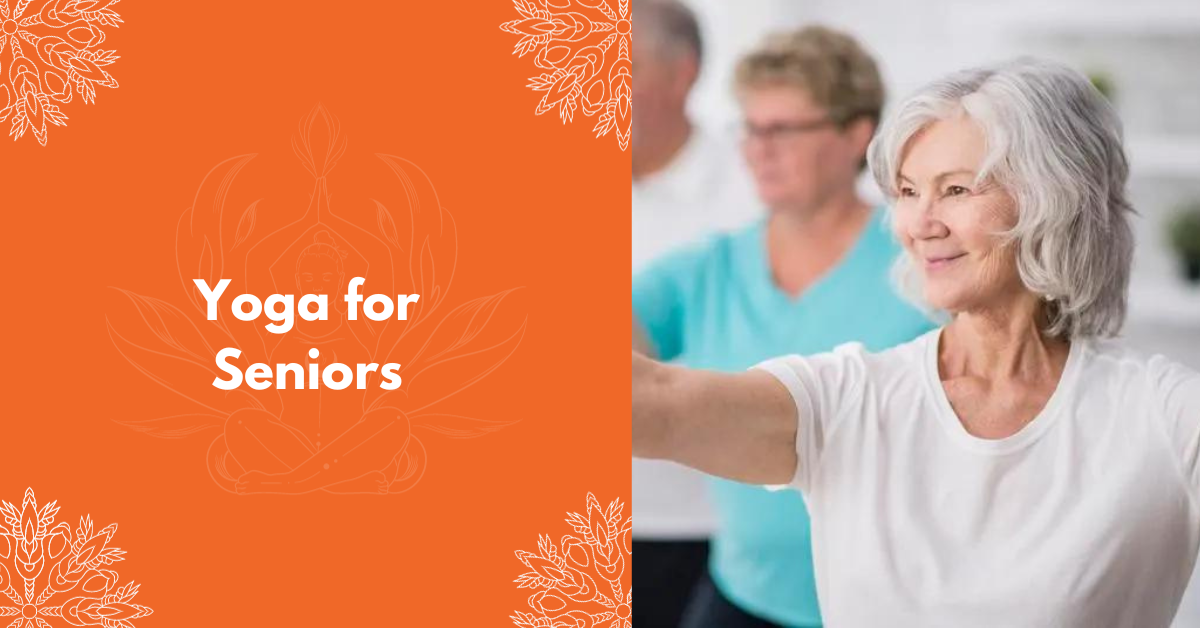
Benefits of Yoga for Seniors
“Find strength, balance, and tranquility with Yoga for Seniors. Gentle poses and mindful practices for overall well-being.”
Yoga is often perceived as a practice for the young and flexible, but it’s important to recognize that its benefits are ageless. In this article, we will explore the world of yoga for seniors, uncovering how this ancient practice can help individuals in their golden years maintain and even improve their overall health.
The Ageless Appeal of Yoga
Before we delve into the specifics of yoga for seniors, it’s crucial to understand why this practice is so appealing and beneficial, regardless of age.
The Holistic Approach to Health
Yoga’s holistic approach encompasses physical postures, breath control, meditation, and ethical principles. It addresses the entirety of an individual’s well-being.
Promoting Flexibility
Yoga focuses on improving flexibility, a key aspect of aging gracefully. It helps combat the stiffness that can develop over time.
Stress Reduction
Seniors often face stress related to health concerns and life changes. Yoga offers effective stress reduction techniques through mindfulness and relaxation.
Enhancing Balance
Balance is crucial for preventing falls and maintaining independence. Yoga postures improve balance and coordination, reducing the risk of accidents.
Yoga for Seniors: A Tailored Approach

Now that we’ve explored why yoga is an ideal practice for seniors, let’s delve into the tailored approach required for this demographic.
Getting Started Safely
Before beginning a yoga practice, seniors should consult with a healthcare provider to ensure it’s safe given their specific health conditions.
Gentle Poses and Chair Yoga
Many seniors may have physical limitations. Gentle yoga poses and chair yoga can accommodate these limitations while providing the benefits of yoga.
Breathing Techniques
Breath control, or pranayama, can help seniors improve lung capacity and reduce stress. Simple breathing exercises can be incorporated into their daily routine.
Focus on Mindfulness
Seniors can benefit from the mental clarity and emotional balance that meditation and mindfulness techniques bring. These practices can enhance their overall quality of life.
Here are Some Yoga for Seniors: Promoting Health and Vitality
Yoga offers a wealth of benefits for seniors, from improved flexibility to enhanced mental well-being. Let’s explore some yoga poses tailored to the unique needs of seniors in detail:
1. Chair Pose (Utkatasana)
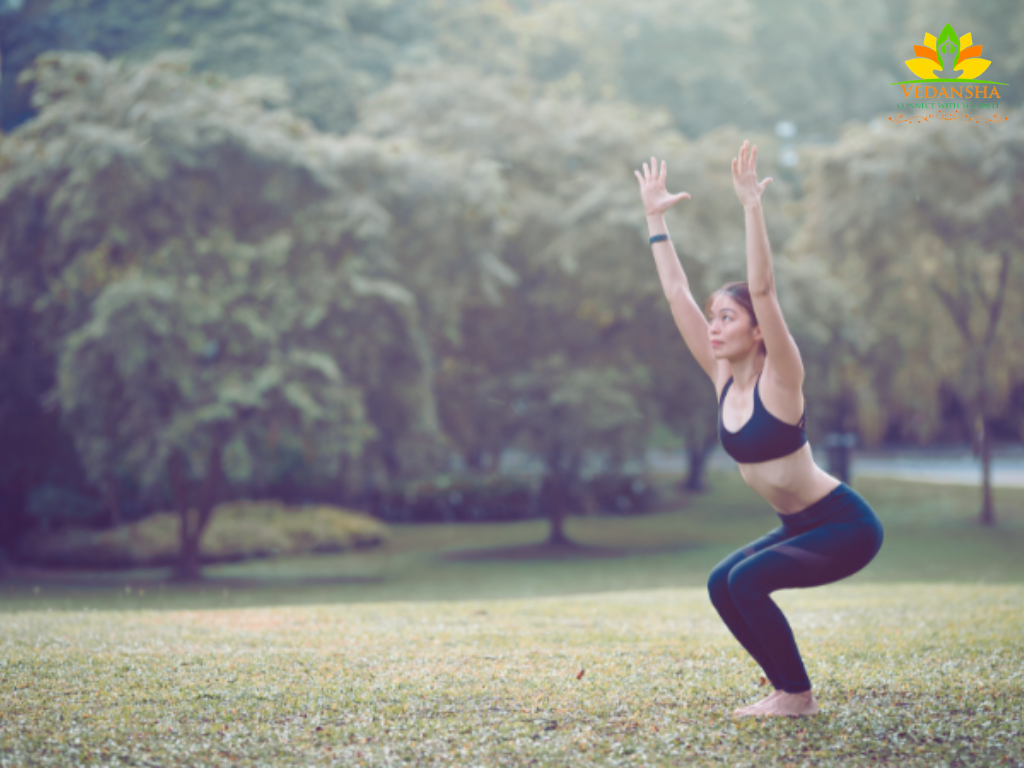
Chair Pose is an excellent choice for seniors, especially those with limited mobility. Here’s how to perform it:
- Start by standing with your feet hip-width apart and arms at your sides.
- Inhale and raise your arms overhead, palms facing each other.
- Exhale and bend your knees, as if you’re sitting back into an imaginary chair.
- Ensure your knees don’t go past your toes.
- Hold the pose for a few breaths, then slowly return to a standing position.
Chair Pose helps strengthen the lower body, particularly the thighs, and can improve balance.
2. Mountain Pose (Tadasana)
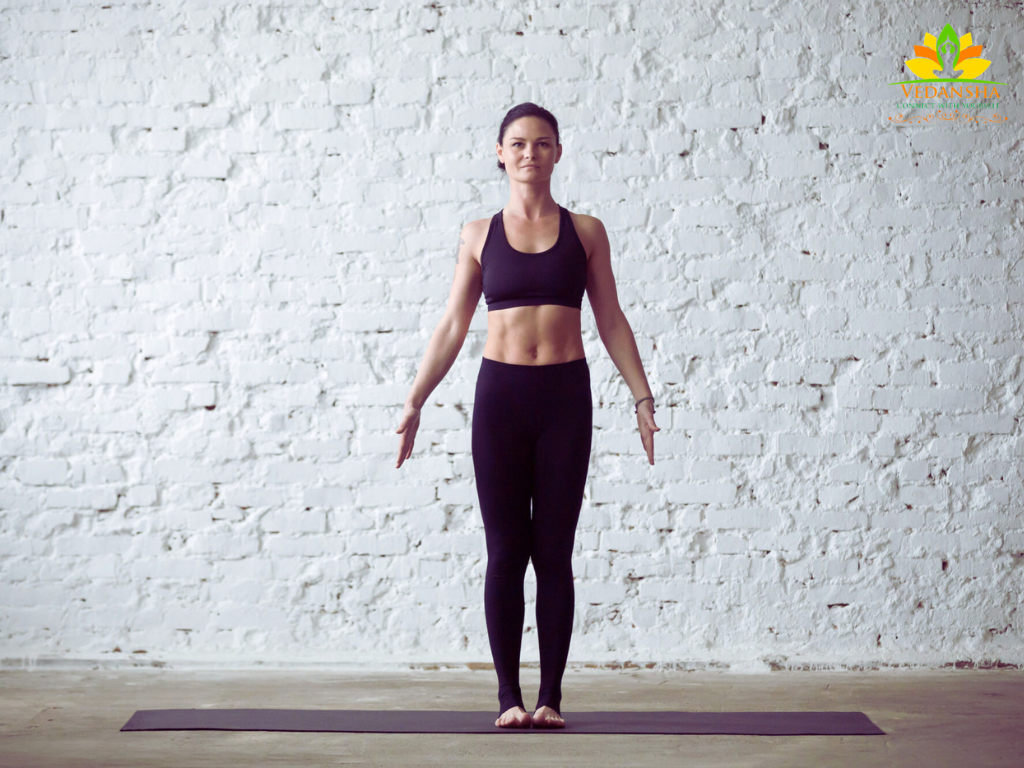
Mountain Pose is a foundational yoga pose that seniors can use to improve posture and balance:
- Begin by standing with your feet together, arms at your sides, and palms facing forward.
- Distribute your weight evenly across both feet.
- Engage your core and lengthen your spine, lifting the crown of your head toward the ceiling.
- Breathe deeply and hold the pose for several breaths.
Mountain Pose helps seniors develop body awareness, balance, and a sense of groundedness.
3. Tree Pose (Vrikshasana)
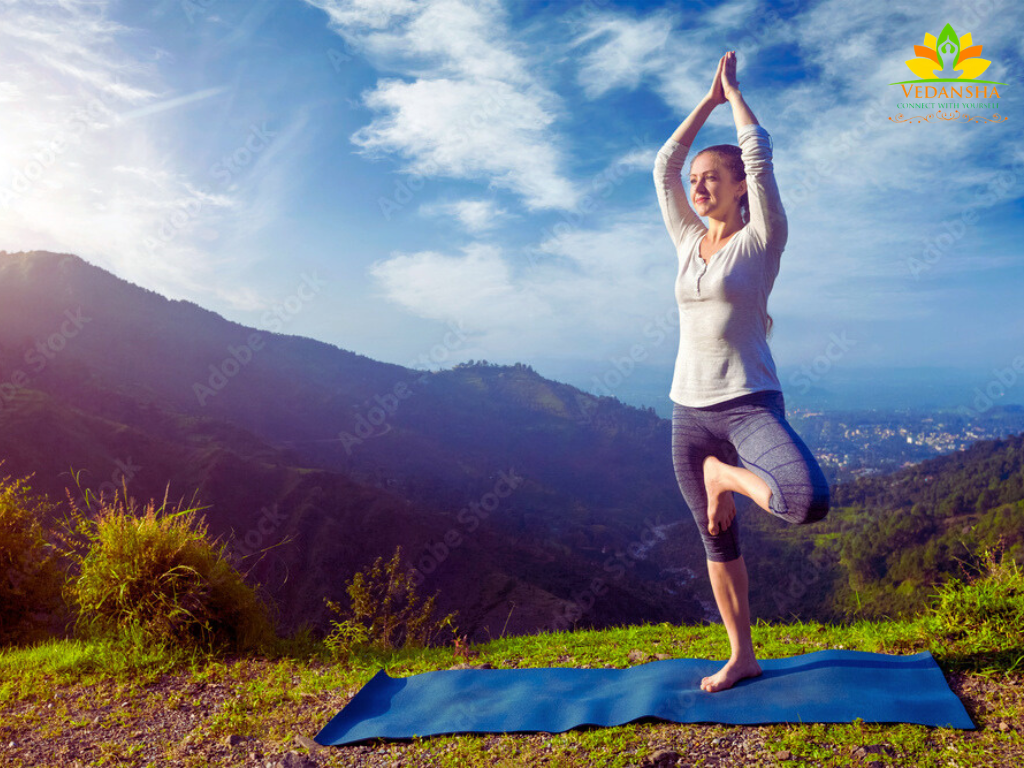
Tree Pose is excellent for enhancing balance and concentration:
- Begin in Mountain Pose.
- Shift your weight onto your right foot and bend your left knee.
- Place the sole of your left foot against your inner right thigh, calf, or ankle, avoiding the knee.
- Bring your hands to your heart center in a prayer position.
- Find a focal point to help with balance and hold the pose for a few breaths.
- Repeat on the other side.
Tree Pose strengthens leg muscles, improves balance, and increases hip flexibility.
4. Cat-Cow Pose
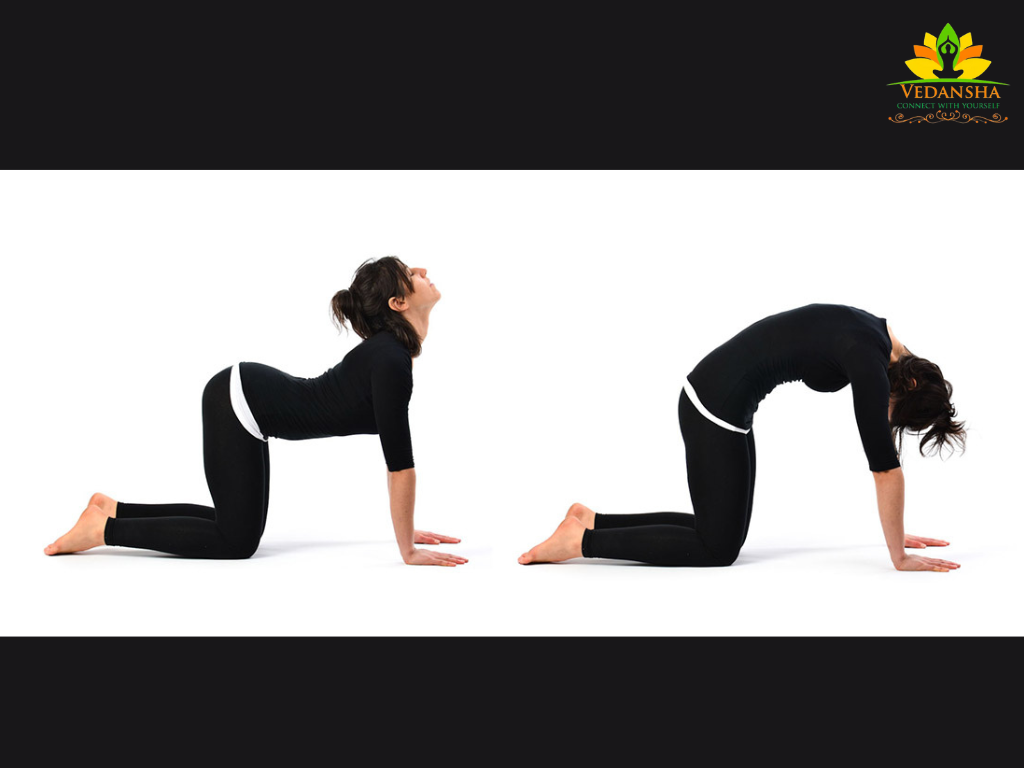
Cat-Cow is a gentle flow that promotes spinal flexibility and relieves back pain:
- Start on your hands and knees in a tabletop position.
- Inhale, arch your back, and lift your head and tailbone (Cow Pose).
- Exhale, round your back, tuck your chin, and draw your navel toward your spine (Cat Pose).
- Continue to flow between these two positions, syncing your movements with your breath.
Cat-Cow Pose helps seniors maintain a healthy spine and alleviate back discomfort.
5. Legs Up the Wall Pose (Viparita Karani)
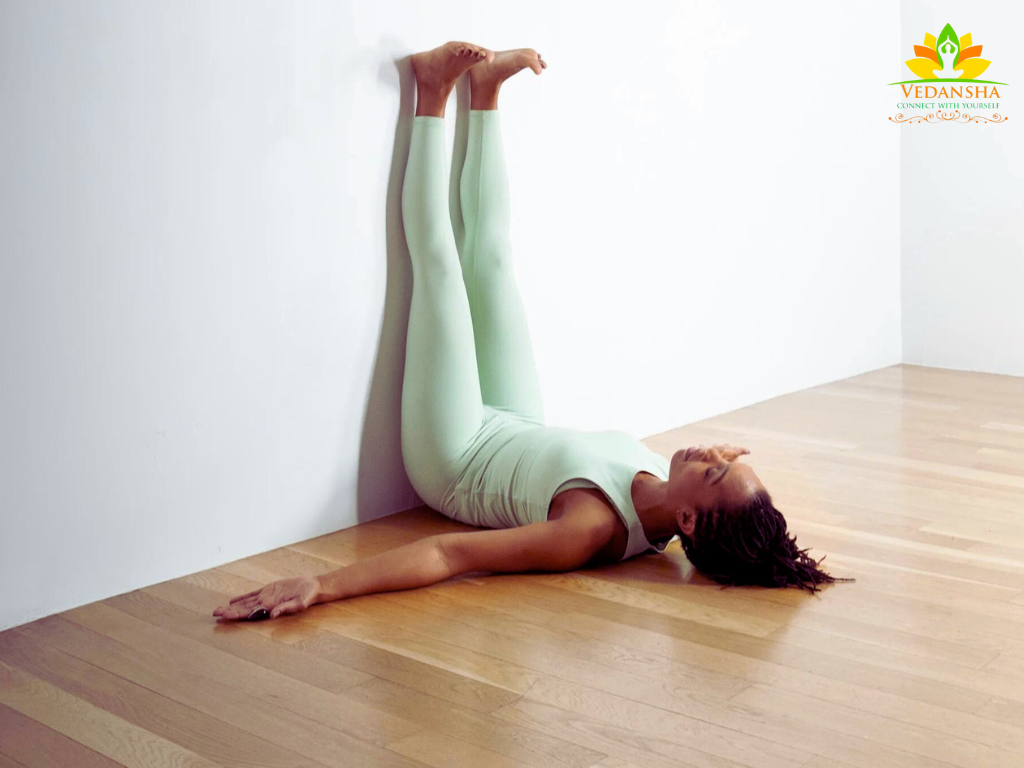
This restorative pose is ideal for relaxation and reducing swelling in the legs:
- Sit sideways with your right hip against the wall.
- Swing your legs up onto the wall as you lie down on your back.
- Scoot your buttocks close to the wall.
- Extend your arms out to the sides, palms facing up.
- Close your eyes, breathe deeply, and relax in this position for a few minutes.
Legs Up the Wall Pose helps seniors improve circulation, reduce stress, and find a sense of calm.
6. Child’s Pose (Balasana)

Child’s Pose is a gentle resting position that promotes relaxation:
- Start in a kneeling position with your big toes touching and knees apart.
- Sit back on your heels and extend your arms forward on the floor.
- Rest your forehead on the mat.
- Breathe deeply and hold the pose, allowing your body to relax.
Child’s Pose helps seniors release tension in the back, shoulders, and hips while promoting a sense of tranquility.
These yoga poses for seniors can be adapted to individual needs and abilities. Practicing them regularly can lead to increased flexibility, improved balance, reduced stress, and enhanced overall well-being. Always consult with a healthcare provider or a certified yoga instructor before beginning a new exercise regimen, especially if you have any underlying health conditions.
The Physical Benefits
Let’s explore in more detail how yoga can benefit seniors physically.
Improved Flexibility
Yoga postures gently stretch and lengthen muscles, promoting greater flexibility and range of motion.
Enhanced Strength
Holding yoga poses builds muscle strength, which is crucial for maintaining independence and preventing injuries.
Pain Management
Yoga can alleviate chronic pain conditions, such as arthritis and lower back pain, by improving joint health and reducing inflammation.
Better Posture
As seniors age, posture can deteriorate. Yoga helps improve posture by strengthening core muscles and promoting body awareness.
The Mental and Emotional Benefits

Yoga’s benefits extend beyond the physical realm.
Stress Reduction and Relaxation
Yoga encourages relaxation and mindfulness, reducing stress and anxiety commonly experienced by seniors.
Enhanced Cognitive Function
Regular yoga practice has been linked to improved cognitive function and memory retention.
Emotional Well-being
Yoga fosters emotional well-being by promoting a positive outlook, reducing feelings of depression, and enhancing overall mental health.
Precautions in Yoga for Seniors
Yoga is a wonderful practice for seniors, but it’s essential to approach it with care. Here are some precautions to consider:
Consult with a Healthcare Provider: Before starting yoga, especially if you have health conditions, consult with your healthcare provider for personalized guidance.
Choose the Right Class: Opt for senior-specific or beginner yoga classes, which cater to various fitness levels and physical limitations.
Communicate with Your Instructor: Let your instructor know about any medical conditions or limitations you have. They can provide suitable modifications.
Listen to Your Body: Pay attention to how your body feels during yoga. If you experience discomfort, stop the pose and inform your instructor.
Use Props: Don’t hesitate to use yoga props like blocks and straps for support and stability.
Focus on Breathing: Prioritize deep, steady breaths during practice to reduce stress and enhance relaxation.
Avoid Overexertion: Steer clear of strenuous poses. Yoga should be gentle and enjoyable, not competitive.
Warm-Up Gradually: Start with a gentle warm-up to prepare muscles and joints for more extensive stretching.
Stay Hydrated: Drink water before and after practice to prevent dehydration.
Practice Mindfulness: Stay present in the moment, avoiding distractions to enhance the mental benefits of yoga.
Rest When Needed: It’s okay to take breaks and rest during practice. Listen to your body.
Be Patient and Consistent: Yoga progress may be gradual. Stay patient and consistent in your practice for long-term benefits.
By following these precautions, seniors can safely enjoy the physical, mental, and emotional benefits of yoga.
Conclusion
Yoga is a timeless practice that offers seniors a pathway to wellness and vitality. Its holistic approach, tailored exercises, and multitude of physical and mental benefits make it an ideal choice for individuals in their golden years. By embracing yoga, seniors can enhance their quality of life and enjoy a more active, fulfilling, and harmonious existence.
FAQs
1. Is yoga safe for seniors with existing health conditions?
Before starting a yoga practice, it’s essential for seniors to consult with their healthcare provider to ensure it’s safe, especially if they have underlying health issues.
2. Can seniors with limited mobility participate in yoga?
Yes, many yoga practices, such as chair yoga, are designed specifically for seniors with limited mobility, allowing them to enjoy the benefits of yoga.
3. How often should seniors practice yoga to see noticeable improvements?
Seniors can benefit from practicing yoga a few times a week, but consistency is key. Even practicing a few minutes daily can yield positive results.
4. Are there specific poses that seniors should avoid?
Certain poses that involve excessive twisting or straining should be avoided. A qualified yoga instructor can provide guidance on safe poses.
5. Where can seniors find yoga classes tailored to their needs?
Local senior centers, community centers, and online platforms often offer senior-friendly yoga classes. It’s essential to choose an instructor with experience in teaching yoga to seniors.

